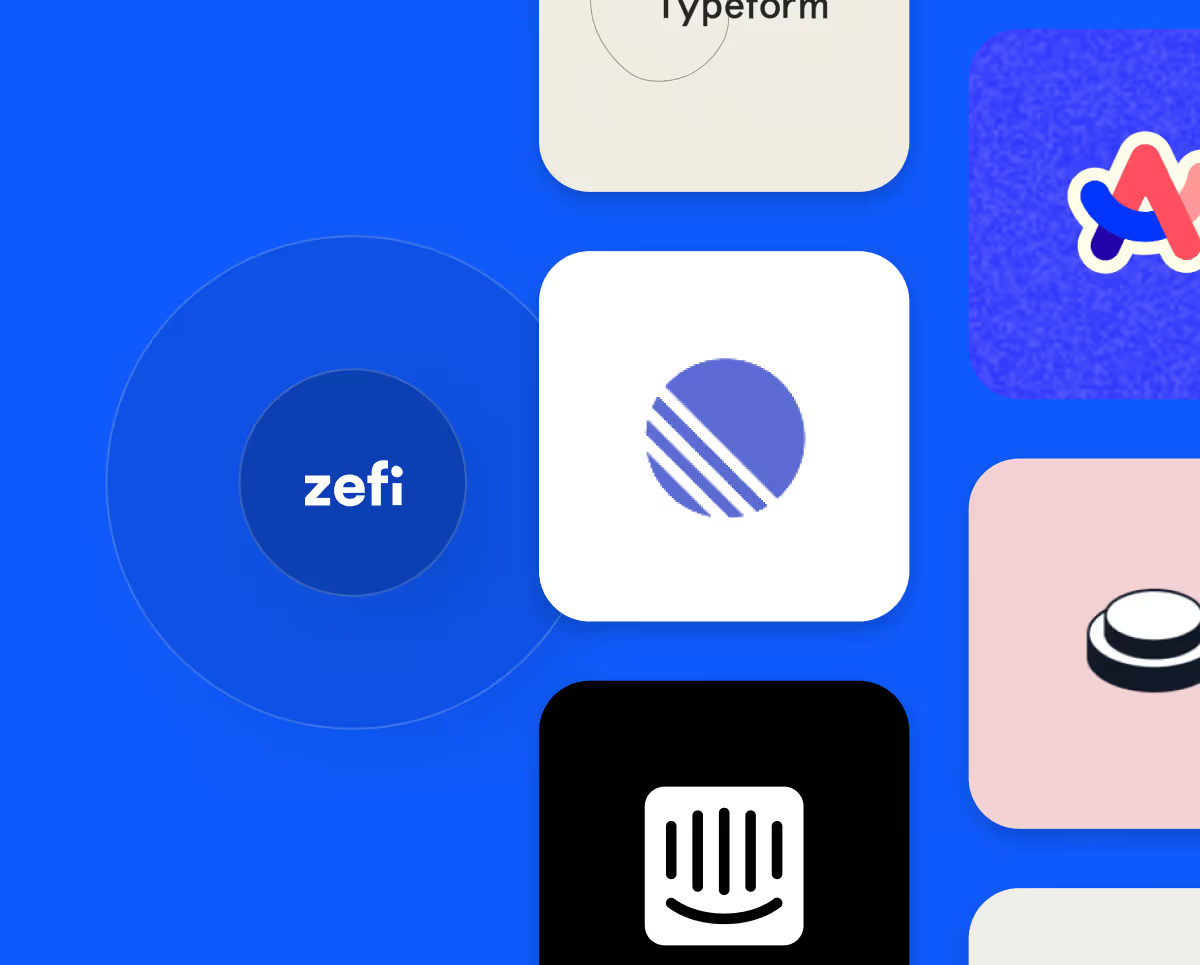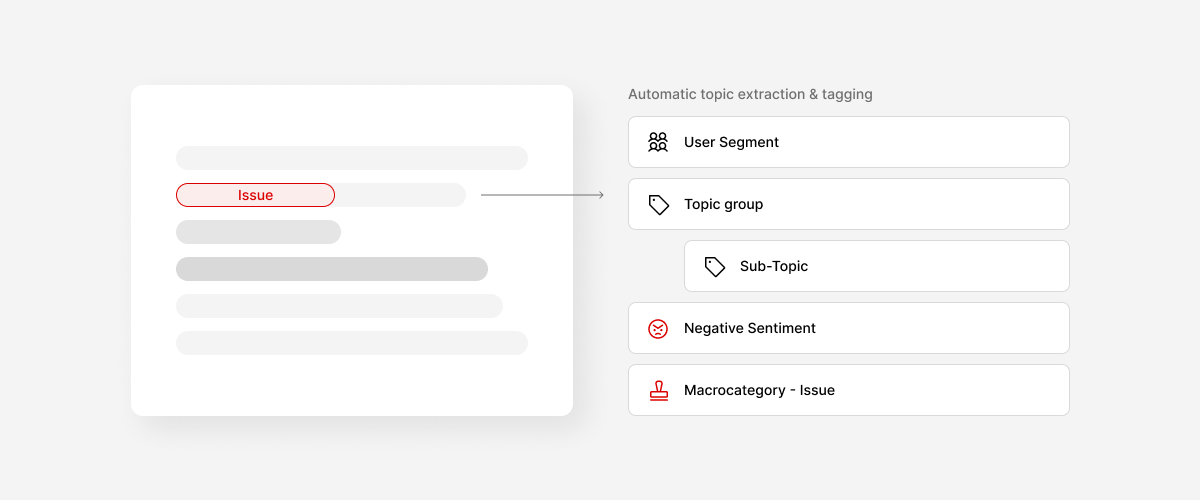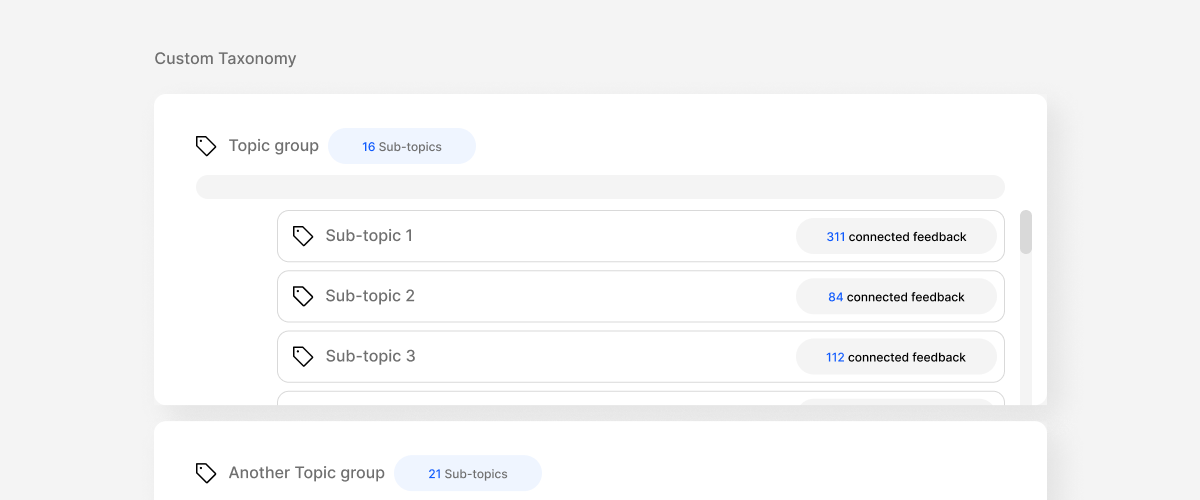User Flows for Product Managers
Bridging the Design Gap: Why User Flows Matter for Product Managers
The design revolution is here, and Product Managers are increasingly recognizing the need to collaborate with UX/UI designers from the get-go. Moving away from the old model where design comes in at the tail end to "pretty things up," collaboration is key. However, bridging this gap requires communication. To speak the language of designers, Product Managers should become familiar with key concepts like User Flows and User Journeys.
Understanding User Flows and User Journeys
While often used interchangeably, these concepts have distinct roles in the design process:
- User Flow: A visual map showcasing the specific path a user takes to achieve a goal within the product. It highlights the series of steps and decisions they make along the way. Think of it as the user's "to-do list" within the product.
- User Journey: A broader perspective, encompassing the emotional experience a user has while interacting with the product. It considers their feelings, motivations, and pain points throughout their entire journey.
Why User Flows Matter for Product Managers
User flows offer valuable insights for Product Managers:
- Understanding User Behavior: Visualizing the user's "to-do list" helps you predict their actions and identify potential friction points that could lead to frustration or abandonment.
- Optimizing the User Experience: By identifying and addressing potential roadblocks, you can streamline the user journey and improve overall satisfaction.
- Effective Communication: User flows serve as a common language for Product Managers and designers, facilitating discussion and ensuring everyone is on the same page.
Creating Effective User Flows
Here's how you can create a user flow:
- Define the Purpose: Identify the specific user persona, their goal, and the task the flow will represent.
- Map the Journey: Start with the entry point and map out the sequential steps the user takes to complete their goal. Include any decision points with branching paths.
- Add Details: Clearly label each step with concise descriptions and visuals. Highlight any errors or exceptions.
- Gather Feedback: Share the flow with stakeholders for feedback, ensuring clarity and accuracy.
- Iterate and Improve: Refine the flow based on feedback and user testing to ensure it accurately reflects the user's journey.
When to Use User Flows
- Early Planning: User flows are crucial in the initial stages to identify potential issues and map out the user experience.
- Stakeholder Alignment: They serve as a visual tool for stakeholders to understand the user journey and see how their work contributes to it.
- Product Analytics: By focusing on specific steps within the flow, you can use them to identify areas for improvement based on analytics data.
Building a Collaborative Future
Understanding User Flows empowers Product Managers to collaborate effectively with designers, ultimately leading to user-centric products that deliver meaningful experiences. By embracing this collaborative approach, you can move beyond the "war with design" mentality and build products that resonate with your users and drive long-term success.
User Flows vs. User Journeys: Understanding the Distinctions
While User Flows and User Journeys might seem similar at first glance, they serve distinct purposes in the design process. Here's a breakdown of their key differences:
User Flows:
- Focus: Depict the concrete actions a user takes within the product to achieve a specific goal.
- Scope: Narrower, focusing on the specific interaction within the product.
- Representation: Typically visualized as flowcharts, highlighting the sequential steps and decision points.
User Journeys:
- Focus: Encompass the entire user experience, including emotions, motivations, and pain points throughout their entire interaction with the brand.
- Scope: Broader, considering the complete relationship between the user and the brand.
- Representation: More flexible, often incorporating storyboards, mood boards, and other creative elements to showcase the emotional experience.
Understanding User Journeys:
User Journey Maps offer valuable benefits for Product Managers:
- Uncovering Pain Points: By empathizing with user challenges, you can discover previously unknown issues in the user experience.
- Identifying Opportunities: User journeys reveal ways to exceed user expectations and delight them.
- Cultivating a Customer-Centric Mindset: Focusing on user emotions and motivations fosters a culture of building products centered on the user.
- Aligning Teams: User journeys ensure everyone involved shares a clear understanding of the target audience and their needs.
- Product and Marketing Alignment: They help integrate marketing strategies with the product development process, ensuring consistency throughout the user experience.
Top Tips for User Journeys:
- Embrace Creativity: Don't be afraid to experiment with different formats like storyboards and visuals to bring your user narratives to life.
- Collaborate with Others: User journeys are not solely for your benefit. Share them with your team to inspire a user-centric approach across all departments.
- Leverage User Research: Data gathered through user research is crucial for constructing accurate and impactful user journeys.
By understanding the distinctions between User Flows and User Journeys, and by employing the tips above, Product Managers can leverage both tools to create meaningful user experiences that drive success.



































